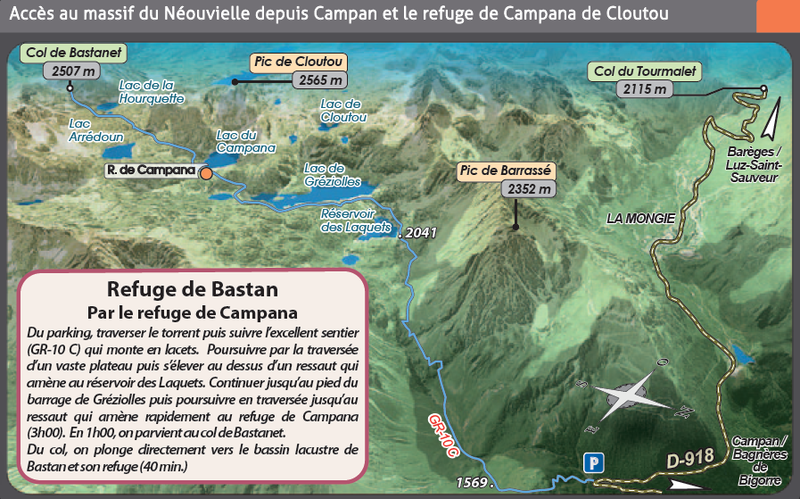Hi boys and boys,
I've noticed a strange behaviour when I modify the near plane value.
In my apps I have two types of camera controls (and I can switch from one to another at any time) : orbit camera and "walk camera" meaning that the camera is very close to the ground, which of course leads to some "frustum" effects.
Here is basically what I do to avoid this problem when I change the camera control type :
I thought that adjustFovToNearPlane function would be enough but I also had to call setFOVtoDefault to avoid zoom-in/zoom-out effets, but this is not a problem, it solves my frustum problem very well.
The problem is that when the near plane value is different than the default value, the calcMinDistanceAndObject3D method returns wrong results.
Indeed, when I call the following method, I get wrong results :
The method still returns something, but it's like if the coordinate system of the frame buffer was different. Maybe the near plane value is not taken into account in the reproject2D3DWS method. Or maybe I'm doing something wrong ?...
Thanks in advance for your answers, cheers,
Sylvain
I've noticed a strange behaviour when I modify the near plane value.
In my apps I have two types of camera controls (and I can switch from one to another at any time) : orbit camera and "walk camera" meaning that the camera is very close to the ground, which of course leads to some "frustum" effects.
Here is basically what I do to avoid this problem when I change the camera control type :
Code Select
if(walkMode) {
Config.nearPlane = 0.25f;
Config.farPlane = 10000000000f; // yes I want to see everything...
}
else { // orbit camera settings :
Config.nearPlane = 1f;
Config.farPlane = 1000f;
}
cam.setFOVtoDefault();
cam.adjustFovToNearPlane();I thought that adjustFovToNearPlane function would be enough but I also had to call setFOVtoDefault to avoid zoom-in/zoom-out effets, but this is not a problem, it solves my frustum problem very well.
The problem is that when the near plane value is different than the default value, the calcMinDistanceAndObject3D method returns wrong results.
Indeed, when I call the following method, I get wrong results :
Code Select
// cursor projection on terrain :
protected SimpleVector getCursorProjection(int x, int y) {
SimpleVector cursorProjection = null;
SimpleVector dir = Interact2D.reproject2D3DWS(cam, fb, x, y).normalize();
Object[] res = world.calcMinDistanceAndObject3D(cam.getPosition(), dir, 1000000);
Object3D pickedObject = (Object3D) res[1];
if(pickedObject == terrain) {
float distance = (Float) res[0];
cursorProjection = dir;
cursorProjection.scalarMul(distance);
cursorProjection.add(cam.getPosition());
}
return cursorProjection;
}The method still returns something, but it's like if the coordinate system of the frame buffer was different. Maybe the near plane value is not taken into account in the reproject2D3DWS method. Or maybe I'm doing something wrong ?...
Thanks in advance for your answers, cheers,
Sylvain


 ===>
===> 









